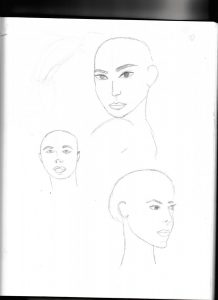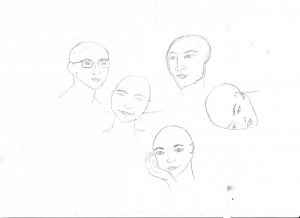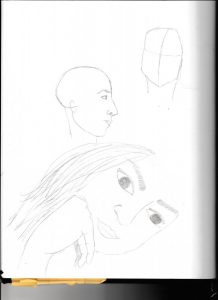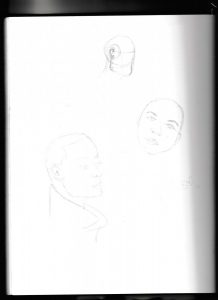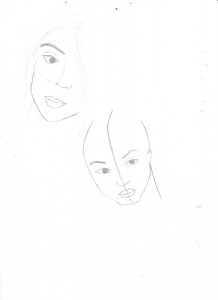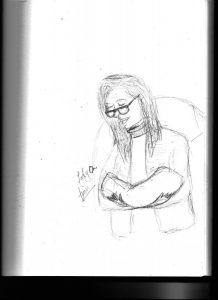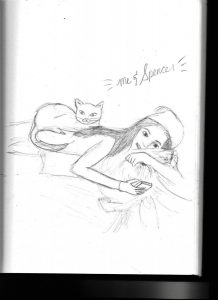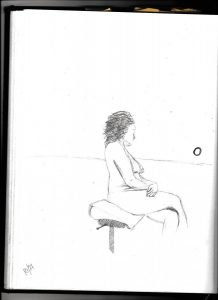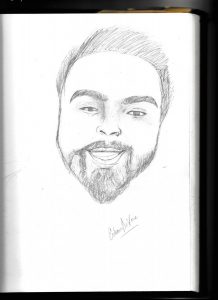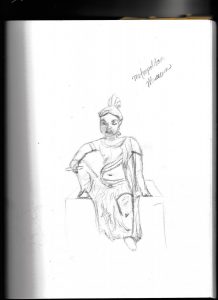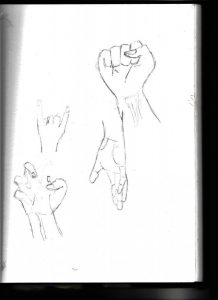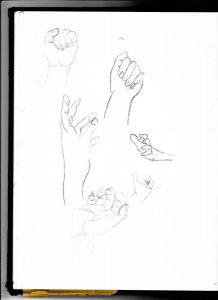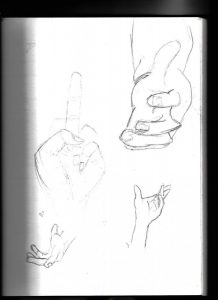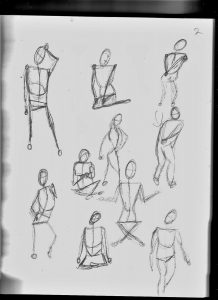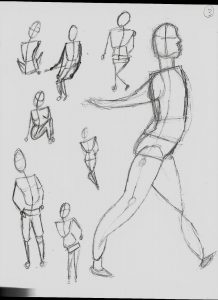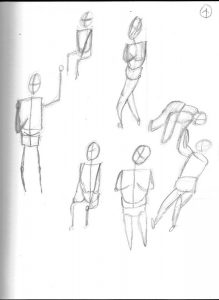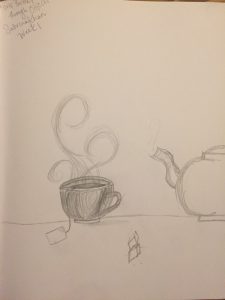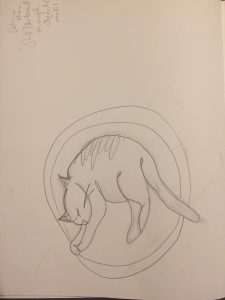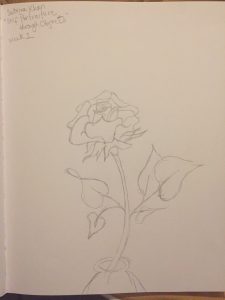Author Archives: Sabrina
Week 7
week 11
Week 10
Week 9
Egon Schiele (Extra Credit)
Before starting this assignment, I had never heard of Egon Schiele. I was aware of the works of Expressionist artists such as Franz Marc and Ernst Ludwig Kirchner, but after observing some of Schiele’s work, his use of twisted body shapes and expressive lines mark the artist as an Expressionist as well. He is noted for his intensity and raw sexuality. Just at first glance, Schiele’s paintings are so striking that you find yourself observing his work for a long period of time. His earlier work also resembles that of Gustav Klimt and Vincent Van Gogh. To my surprise, Klimt saw great talent in Schiele and took time to mentor him. He introduced the young artist to models, patrons, and other artists such as Van Gogh. Klimt even went so far as to buying some of his paintings and organizing several exhibitions for the for Schiele.
Looking through his vast collection of work, I couldn’t help but notice his self portraits. Unlike his mentor, Klimt, Schiele produced a great number of self-portraits, that showed his interest in sexual expression and suggested a narcissistic personality. With his sudden and untimely death at the young age of 27, his self-portraits give more insight into his life and personality than any other first hand source. “Self-Portrait with Chinese Lantern Plant” is one of his most notably famous works of art. Call it narcissism or confidence, Schiele’s smug gaze at the viewer suggests pride in his artistic talent. But even though he seems to be very proud himself and all he has accomplished so far, the young artist features scars on his face and less aggressive contour.
One word that best describes Expressionistic art would be emotion, which does not lack in Egon Schiele’s work. Vivid imagery, irregular and disjointed contours, and grotesque abstractions of the human figure, best describes his personal artistic style which is held up by the emotions that assist the young artist to express himself creatively.
“Everything is dead while it lives.”

